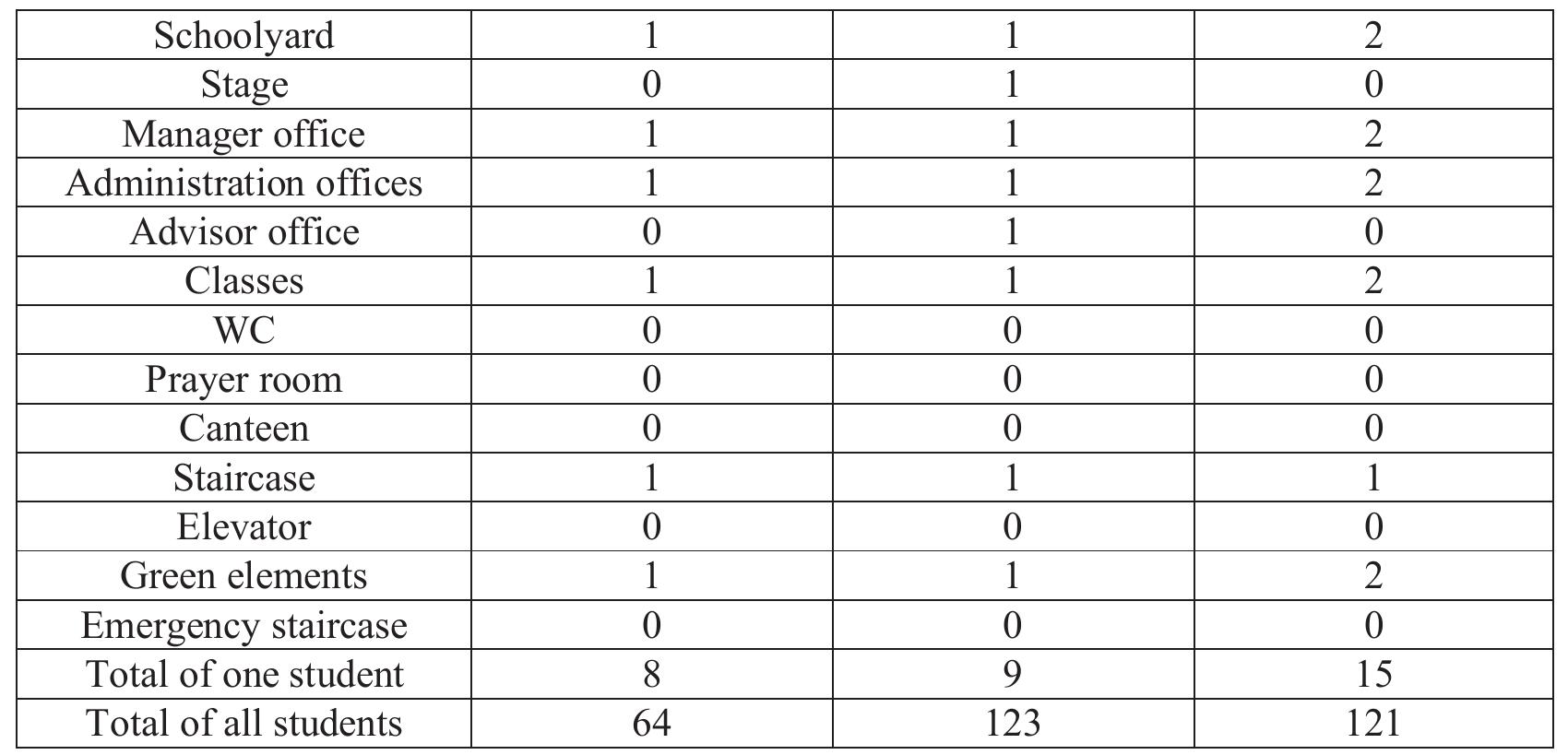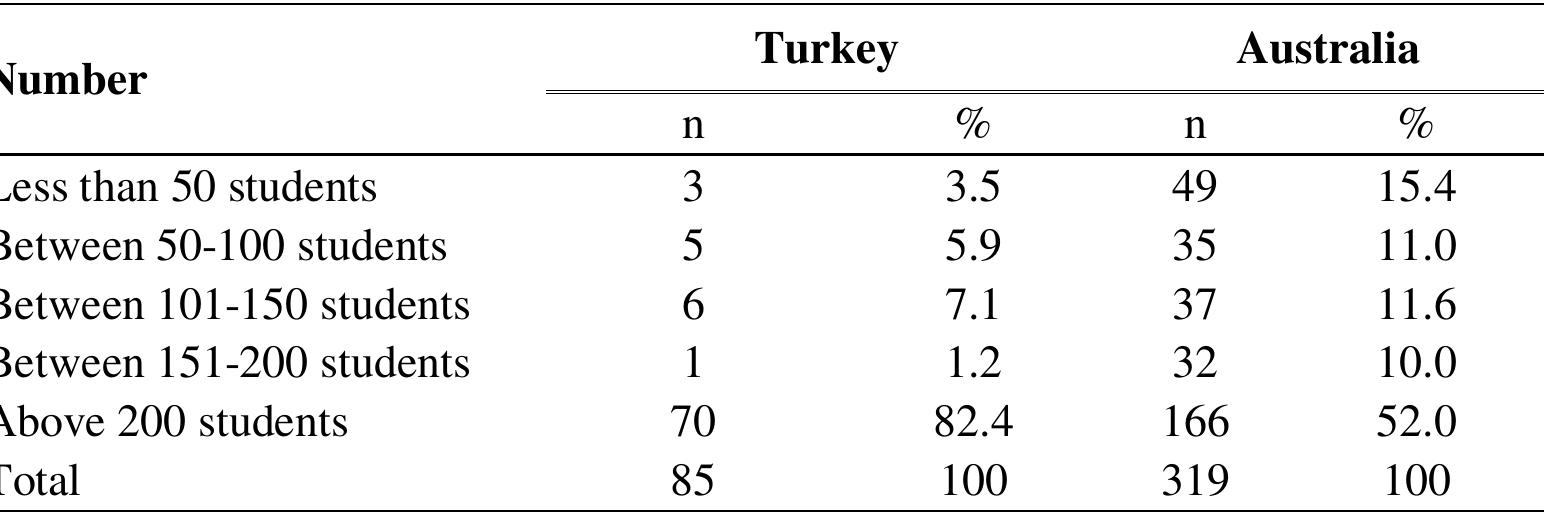With a growing number of primary schools around the globe greening their schoolyards, opportunities arise to realize outdoor learning in natural areas on the school's premises. Despite their promising potential, green schoolyards as... more
The benefits of recess can be reaped by all students regardless of socioeconomic status, race, or gender and at relatively little cost. The purpose of this study was to examine physical activity (PA) variables related to the recess PA... more
'Risky' play is an important component of play, which positively affects the cognitive, social and emotional development of children. However, a growing culture of 'risk aversion' may be limiting the degree of risk that children are... more
Introduction: We have all pondered on the physical and emotional benefits of exercise and more often than not, we find ourselves associating exercise to health and wellbeing. However, recent scientific developments have brought into light... more
At school, inside and outside spaces, defining an educational milieu, are important for teaching and learning, for students' and teachers' well-being and motivation in class. These are all important factors for successful teaching and... more
The aim of the study is to find out to what extent do the cognitive attitudes of selected primary and lower secondary school pupils towards pupils with disabilities and attitudes to the inclusive physical education (PE) change after they... more
Children need to play outdoors to develop socially, emotionally, cognitively, and physically. Outdoor play opportunities have the potential to promote physical and mental health throughout the life of children. Outdoor play has been... more
In the adolescent brain, the limbic system, which is associated with having strong bonds with peers, emotions, and motivation, was found to develop prior to the prefrontal cortex, which supports rational thought and behavior (Schunk,... more
In an inclusive school teachers are expected to take responsibility for planning the teaching process in which they will apply adequate support (Ahon Adaka, 2013; Tomlinson, 2015). The aim of this research is to determine certain... more
The aim of the study is to find out to what extent do the cognitive attitudes of selected primary and lower secondary school pupils towards pupils with disabilities and attitudes to the inclusive physical education (PE) change after they... more
The presence of school playground facilities has been reported to encourage active play, yet there is a paucity of research identifying the presence and quality of features within Australian secondary school playgrounds. The aim of this... more
School break times provide a daily opportunity for children to be active; however, research indicates this time is underutilized. Reasons for low children's playground activity levels have primarily focused on physical barriers. This... more
The aim of the study was to know the factors that influence boys and girls' perceptions for performing physical activity during playground recess from their own perspective. Ninety-eight schoolchildren aged 8-11 years from five... more
It could be claimed that children have a wealth of knowledge and experience regarding their school’s buildings and open spaces, as they regularly spend a considerable amount of time interacting with their classmates in classes,... more
The main purpose of this study was to identify the extent to which Irish physical education teachers promote continuity between curricular physical education and extra-curricular physical activities in post-primary schools. The latter... more
This study aimed to investigate several aspects of school playgrounds in the city of Denizli, Turkey, and in the state of Victoria, Australia, in order to identify and compare factors impacting on the provision of high quality outdoor... more
This collaborative study aims to investigate aspects of school playgrounds in the city of Denizli, Turkey and in the state of Victoria, Australia. Using a survey designed for a recent study in Victoria, data was collected from a large... more
The authors take a reflective journey to explore the research methodology utilised in a multi-method, multi-site research study of children's environmental learning in schoolgrounds in Australia. Informed by an extensive literature review... more
Non-curricular avenues such as active play during school breaks have been established as a major source for children’s physical and cognitive development, yet there is little information for teachers on the influences affecting primary... more
This paper reports the results of an online survey of government primary schools conducted in June 2011 at Victoria, Australia. This study aimed to investigate how practical ways of individual school policy is impacting on playgrounds in... more
The study explores the use of a conventional school ground of a primary school and its potential as a space for creative play and environmental learning. Children’s play behavior and views of the school ground are explored, as well as... more
This article draws from a specific sporting intervention carried out by Dinamiks and Inncredu professionals during 2017-2018 season at Paidea School, a Special Education School setting in Barcelona, Catalonia. The intervention was... more
This paper aims to present reflections about the reasons behind physical educators not using wrestling and martial arts for the physical education classes in Brazil. The research analyzed not only cultural and historical facts but also... more
Background: Children's health behaviours affect their current and future health. An appreciation of children's perceptions regarding these behaviours can inform health promotion initiatives. Focus groups and individual interviews have... more
Overall research findings have revealed that the school environment both immediate and in the wider sense of the community does play a role in pupils' academic and behavioural outcomes. The present article aims to discuss pupils'... more
The World Health Organization recommends the promotion of quality physical education for young people in school curricula. The school as a democratic institution that reaches society, as well as physical education as a curricular... more
This study aims to investigate the perception of games in students who study in the elementary school period through the pictures they draw in the context of social powers. In this study, the phenomenology design, one of the qualitative... more
Summary of the literature on why playtime at school matters and a look at the original research findings analysing the results of a survey of over 4000 schools about the length and frequency of playtimes.
Transforming schoolyards into naturalized areas enhances play and nature connection (Dyment, 2005), increases repertoires of outdoor activities, and promotes resilience (Chawla, Keena, Pevec & Stanley, 2014). Employing photovoice and... more
Background: As children spend roughly 30 hours per week at school, the associated benefits of physical activity (PA) can be developed within physical education (PE) lessons, break times and after school activities. Therefore, the main... more
The aim of this study was to study the expectations of children in the 8-10 age group regarding their play areas, and to generate planning and design data for these areas accordingly. For the study, which used cognitive mapping... more
ABSTRACT: Increasing physical activity is a crucial preventive strategy to develop young children's health habits across their lifespan. Participation in physical activity, particularly among children, not only reduces obesity but also... more
National and state surveys of school sun protection policies and practices demonstrate that being a member of a SunSmart Program improves sun protection practices in primary schools, often lead by Health and Physical Education (HPE)... more
Identifying and understanding the perceptions of pre-service teachers (PSTs) is vital to informing teaching practices. The purpose of the ‘Generalist Entry into Teaching Physical Education’ (GET-PE) study was to investigate Australian... more
Outdoor adventure education courses are used in higher education to develop transferable skills such as groupwork and problem-solving skills. There is a need for exploratory investigation into students' perceptions of this experience.... more
Issue addressed: An important strategy for increasing children’s physical activity is to enhance children’s opportunities for school recess physical activities, yet little is known about the influence of school recess physical activities... more
The purpose of this study was to determine whether strategically scheduled recess breaks throughout the school day will increase student on-task behaviours during the time when they work independently. As an intervention for this action... more
This paper unearths how primary school children experience and can complement the Australian HPE curriculum within three unique school ground equipment scenarios that include an ‘empty’, ‘loose parts’ and a ‘traditional’ school ground... more
Motor competence and physical activity (PA) patterns are established during the early childhood years. Early childhood education (ECE) settings are an important context for children's engagement in physically active play. This paper... more
The study purpose was to assess preliminary validity and reliability of the Physical Education and School Sport Environment Inventory (PESSEI), which was designed to audit physical education (PE) and school sport spaces and resources. PE... more
The aim of this study was to examine the physical activity during the break-times of primary school children in rural areas, and its relationship with age and sex. 380 children (192 boys and 188 girls; age=9.5±1.1 years) participated in... more
The main purpose of this study was to identify the extent to which Irish physical education teachers promote continuity between curricular physical education and extra-curricular physical activities in post-primary schools. The latter... more
This paper reports upon a small study which detailed the perceptions and experiences of physical activity from the perspective of children in different localities. Situated within educational settings, this research centred upon pupils in... more




























































